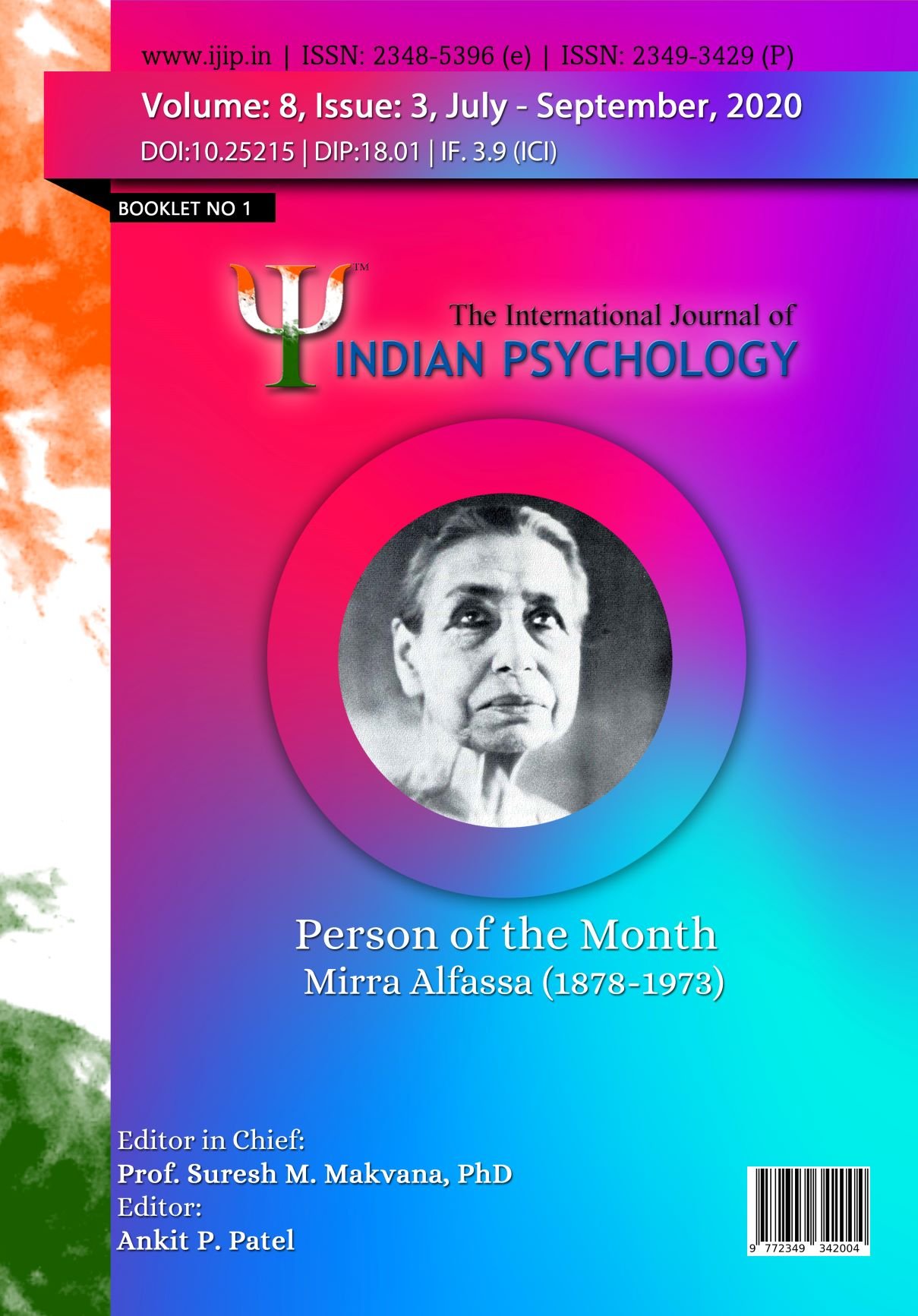Coping resources, self-perception, separation anxiety and acculturation among children with military and civilian background
DOI:
https://doi.org/10.25215/0803.100Keywords:
Military Background Children, Civilian Background Children, Coping Resources, Self-Perception, Separation Anxiety, AcculturationAbstract
Research on children with Military families has taken a deficit approach and it has been noted that these children as a population susceptible to psychological damage from the hardships of military life, such as recurrent moves and separation from their parents during deployment. There are several issues that on a day to day basis take a heavy toll on an army officer and his family, mentally as well as emotionally (Zaidi, 2017). The purpose of this study was to investigate if there were any differences in coping resources self-perception separation anxiety among military and civilian background children. The data was collected with the help of purposive sampling, among military and civilian background children (N = 192), in the age group from 14 to 17 years. The tools used in this research were, The Self-perception Profile for Adolescents (Harter, 2012); Coping Resources Inventory (Hammer & Martin, 2004); The Screen for Child Anxiety Related Disorders (Birmaher et al., 1999). There was found to be a significant difference between military and civilian background children on coping resources (t=1.921 p<0.5) and separation anxiety (t=2.891, p<0.1). The evidence suggests that military background children are higher on coping resources and separation anxiety than civilian background children. Apart from the quantitative analysis a qualitative check has been done which revealed that acculturation was more in military background children as compared to civilian background children.Metrics
No metrics found.
Published
2022-11-05
How to Cite
Prayag Naidu, & Rajendra S Mhaske. (2022). Coping resources, self-perception, separation anxiety and acculturation among children with military and civilian background. International Journal of Indian Psychȯlogy, 8(3). https://doi.org/10.25215/0803.100
Issue
Section
Articles


